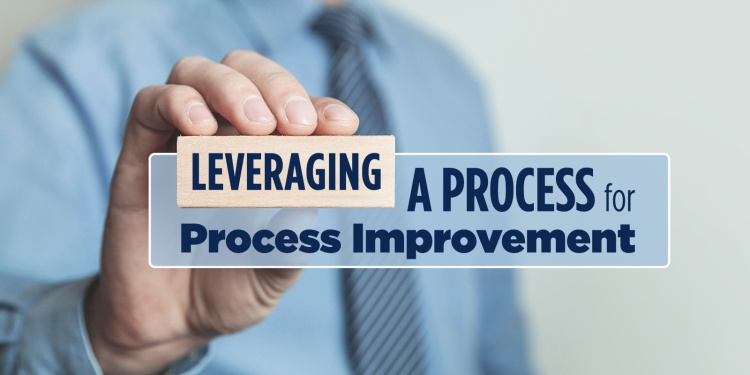
Decision making, even with the best intentions, can be difficult, particularly when you have competing opinions and priorities.
For example. What is the best course of action when you get a bonus check from work based upon your performance or the organization’s quarterly performance?
You might want to pay off some debt or replace that decrepit washing machine which is even older than your kids. On the other hand, your spouse or partner may advocate saving it for a rainy day or splurging by taking that vacation you’ve been talking about for the last year and a half. So, you and your partner have a conversation to talk through the benefits and drawbacks of each option—to ultimately agree on the “best” decision.
The crux is differing priorities on how to apply finite resources and who is “right” and who is “wrong” when it comes to the best decision.
Process improvement is similar and is at the heart of process teams’ agenda. Whether it’s implementing the organization’s strategic objectives, streamlining and optimizing processes, or applying a new technology—the goal of most process efforts is to improve how we conduct work.
Process improvement work is another area where competing opinions and priorities come into conflict. Odds are there are more improvement opportunities—both large and small—than you have the resources to address. Often prioritization revolves around a first come first serve policy, who “screams the loudest,” or is based on the priorities of one or two leaders.
But does that approach really help ensure you apply those finite resources to the best opportunities?
Structure Will Set You Free: Addressing Process Improvement Conflict
Though process improvement is the biggest driver behind process efforts, it’s also the second tenet that organizations struggle with the most, directly behind performance management. According to research on BPM programs, organizations tend to struggle with process improvement for three reasons.
- There is no structure for it. Over half of organizations take an ad hoc approach to their improvements. Often improvement opportunities are identified ad hoc when something becomes obviously broken, there is a crisis, or as an after thought of a different project. This approach means organizations not only risk redundant projects, but efforts to fix one process can have unforeseen consequences for other related processes. The lack of structure also exemplifies the misalignment to the strategic priorities of the organization.
- Decision making is inconsistent. Just over a third of organizations use selection criteria to rack and stack their potential improvements. Without clear criteria there is no structure for deciding which projects should be prioritized and resourced. Criteria also helps people understand that the decision on which project is ultimately chosen isn’t personal. It may just be not as important right now, due to explicit organizational or team goals or factors from the external environment.
- No context for performance. Just over a third of organizations use benchmarking as part of their performance management and improvement efforts. Benchmarking provides context on what the performance means relative to others. Which can help organizations define acceptable variance around performance, so they don’t have knee jerk reactions to shifts in performance. It also drives decisions around what needs an improvement project. Finally practices benchmarking provides ideas or potential solutions for how to improve a process’ performance.
All three of these challenges drive the ongoing conflicts between priorities and opinions for prioritizing and assigning finite resources to the most valuable opportunities. Without a structured approach to managing improvement projects there is no process for moving away from the first come, first serve model. While selection criteria and benchmarking provide information that helps decision makers objectively go through the benefits and drawbacks of each opportunity. Additionally, there is one nice thing about process improvements—its not a one and done xxx it’s an ongoing cycle.
So, while an opportunity might not be prioritized now, it may be more relevant six months later.
To learn more about Process Improvement, the following are great recommended reads:
- The Building Blocks of Process Management Maturity: Process Improvement
- Process Improvement Approach and Seven Tenets Practices
- Benchmarking Basics
Additionally, APQC has specific training on the Seven Tenets that you might find interesting. The two courses that really hit on these tenets are:
For more process and performance management research and insights, follow Holly on Twitter at @hlykehogland or connect with Holly or Jonathan on LinkedIn.